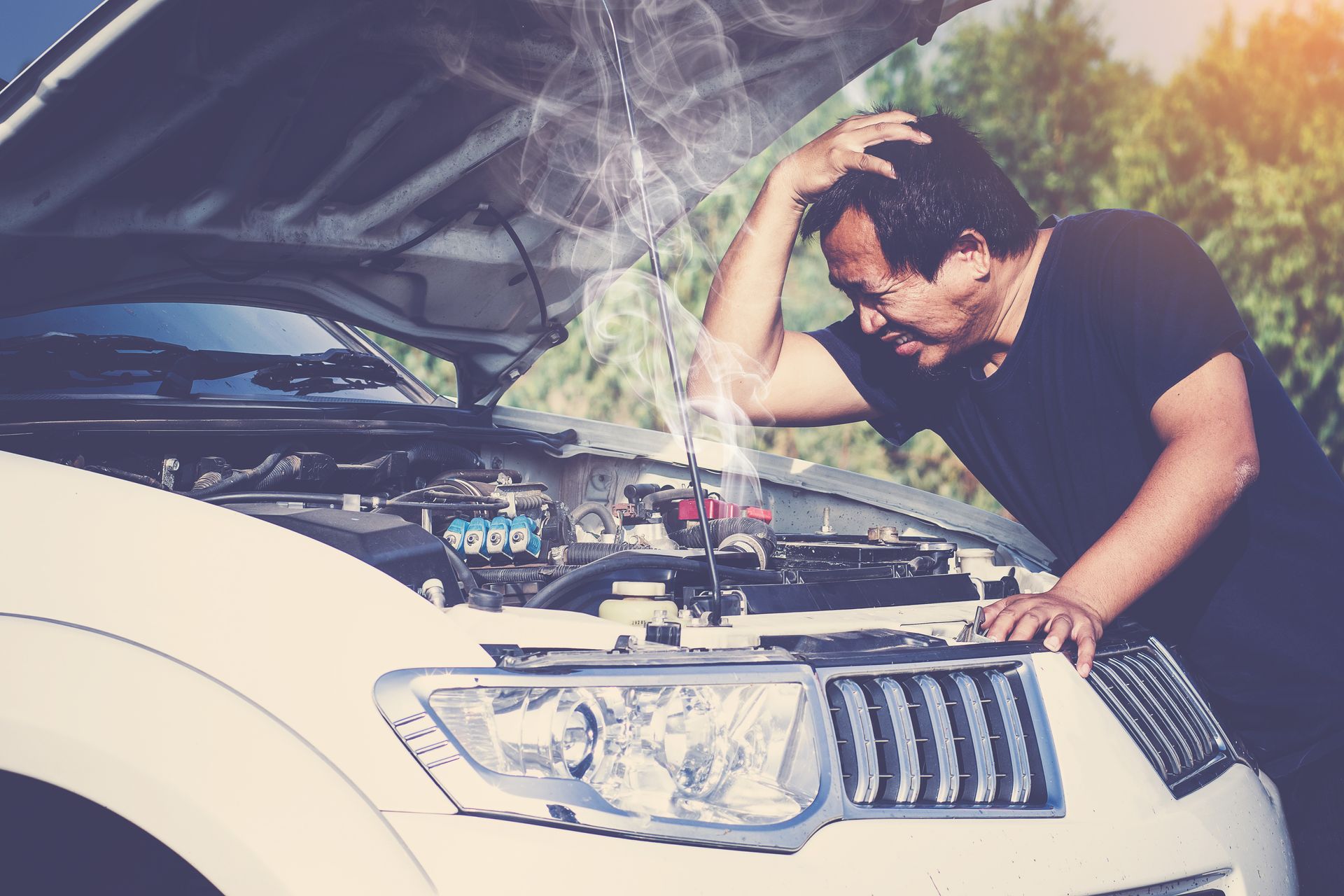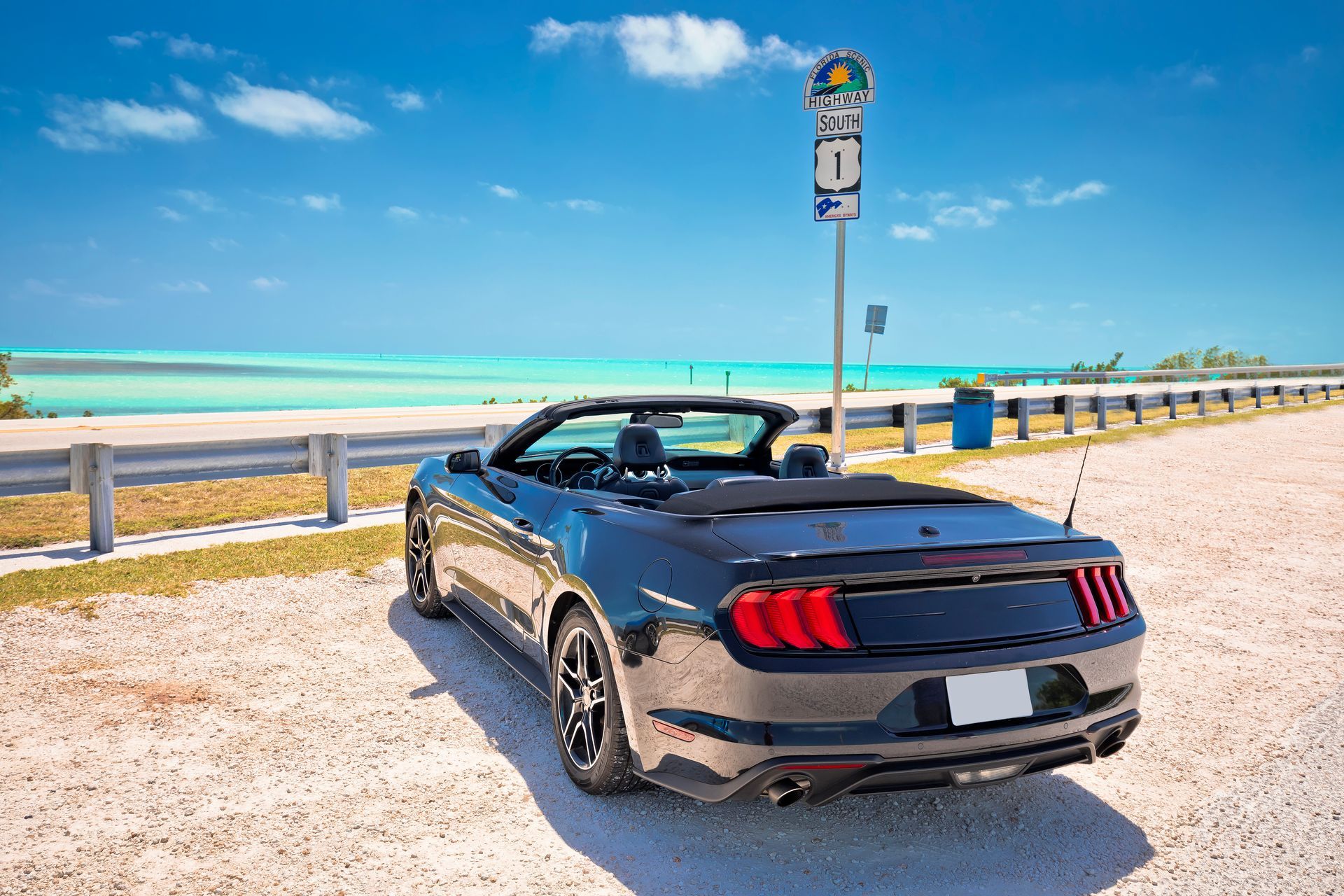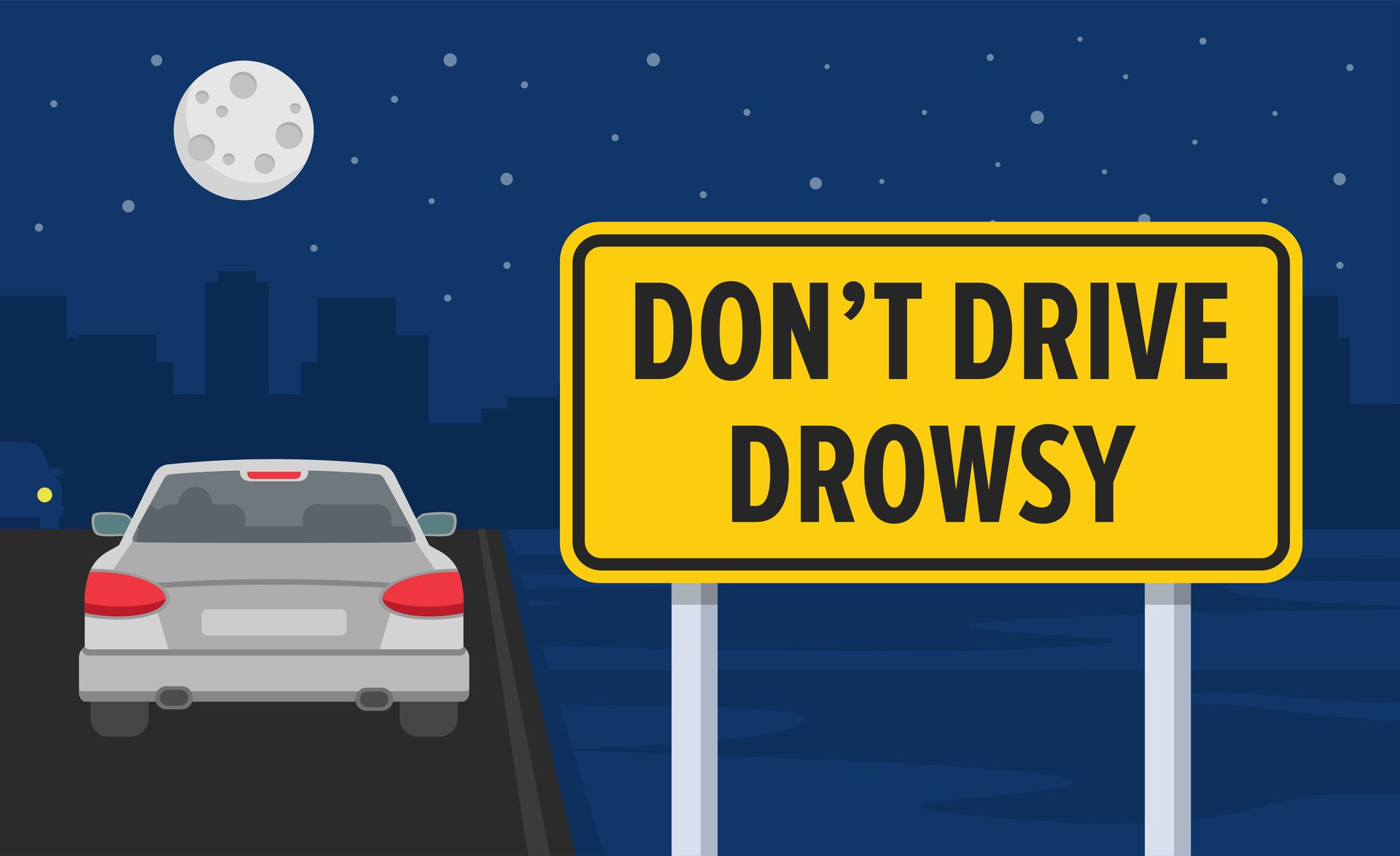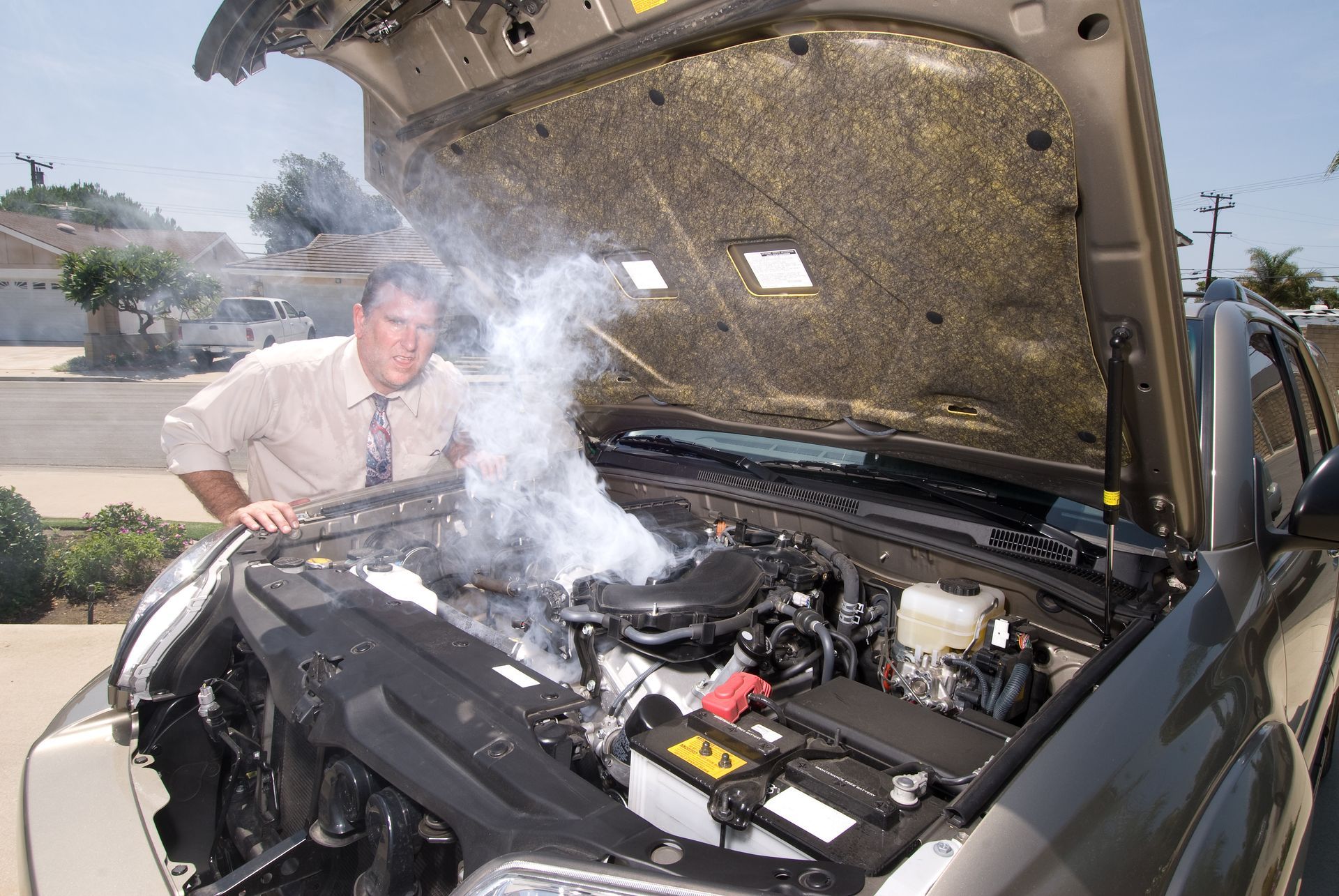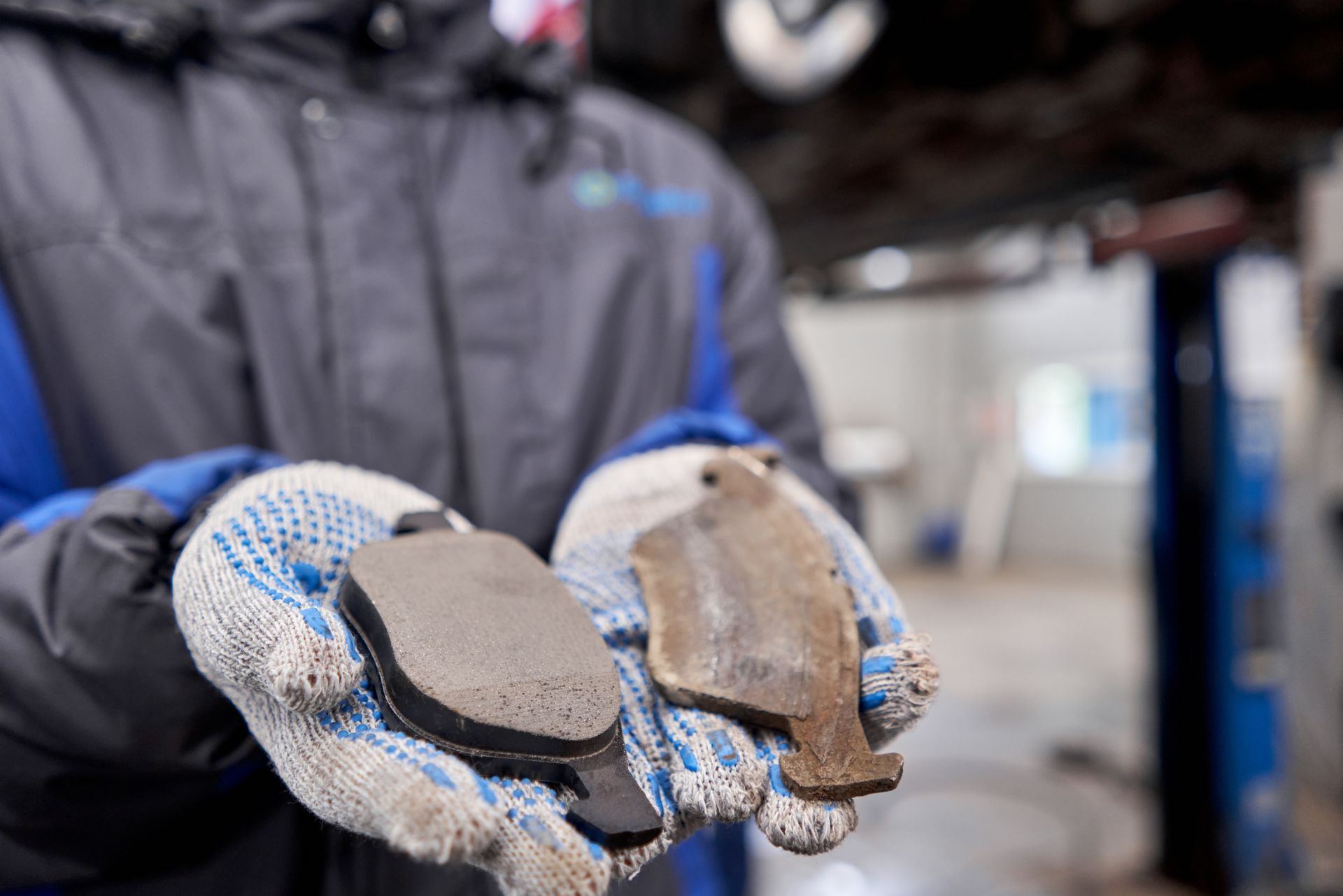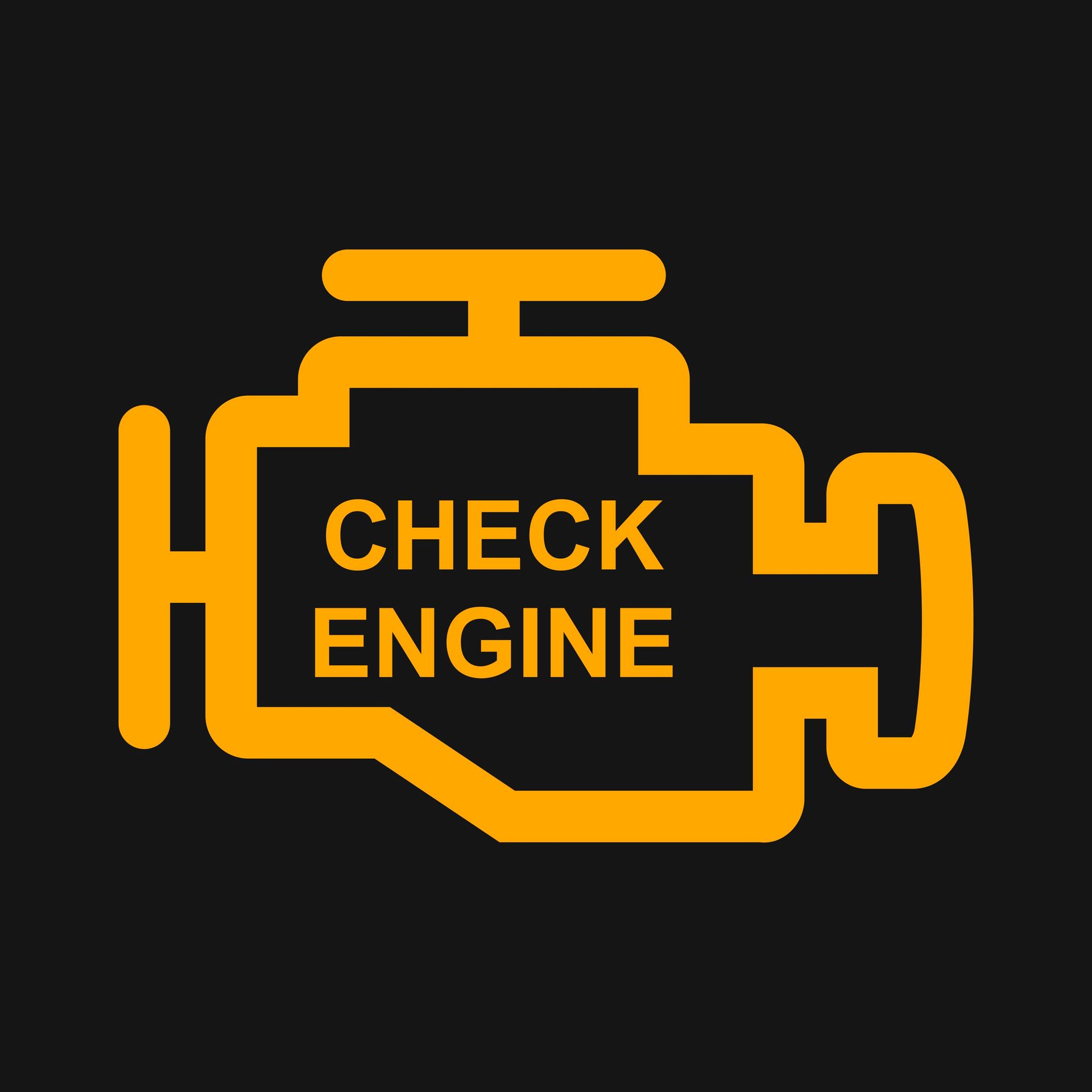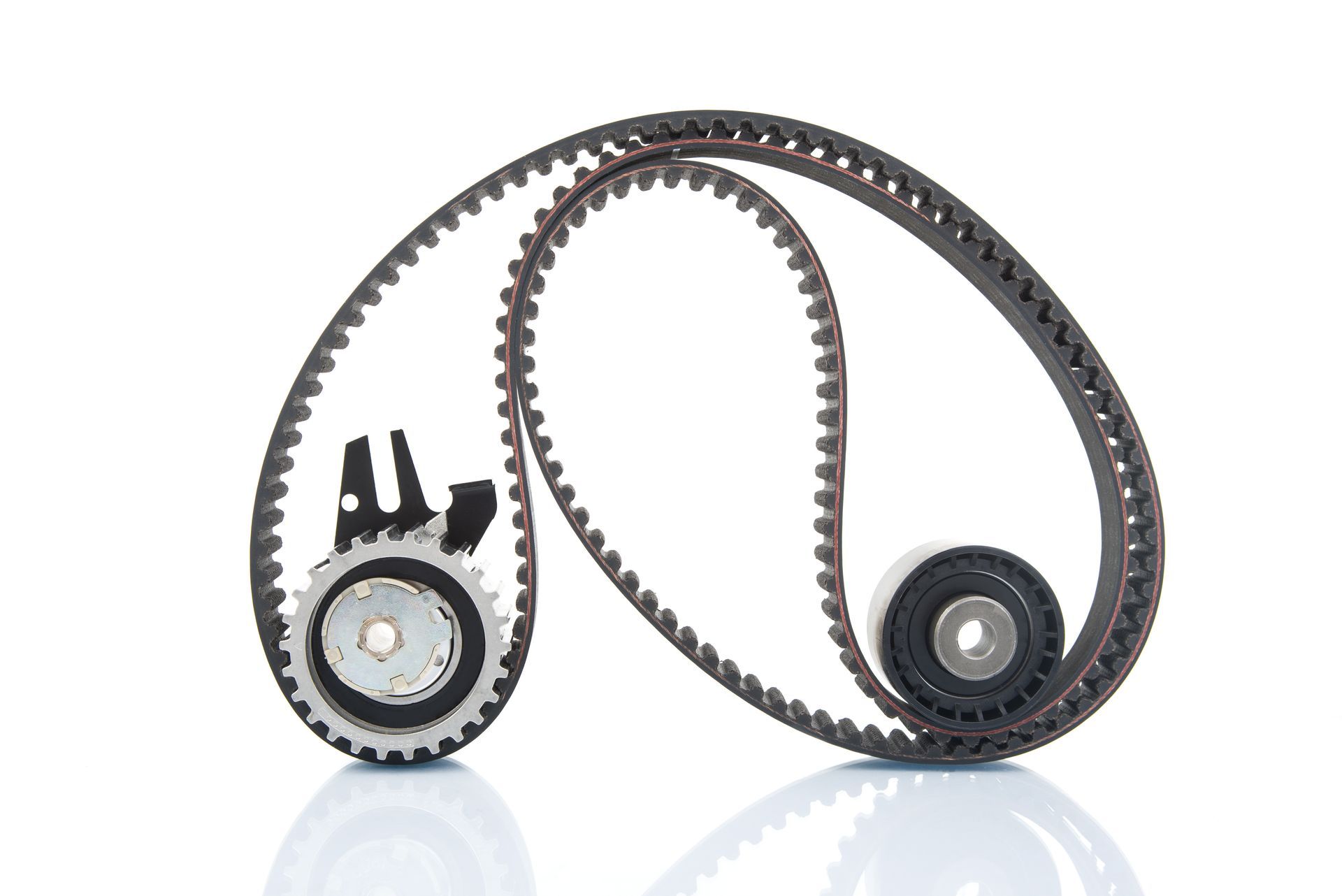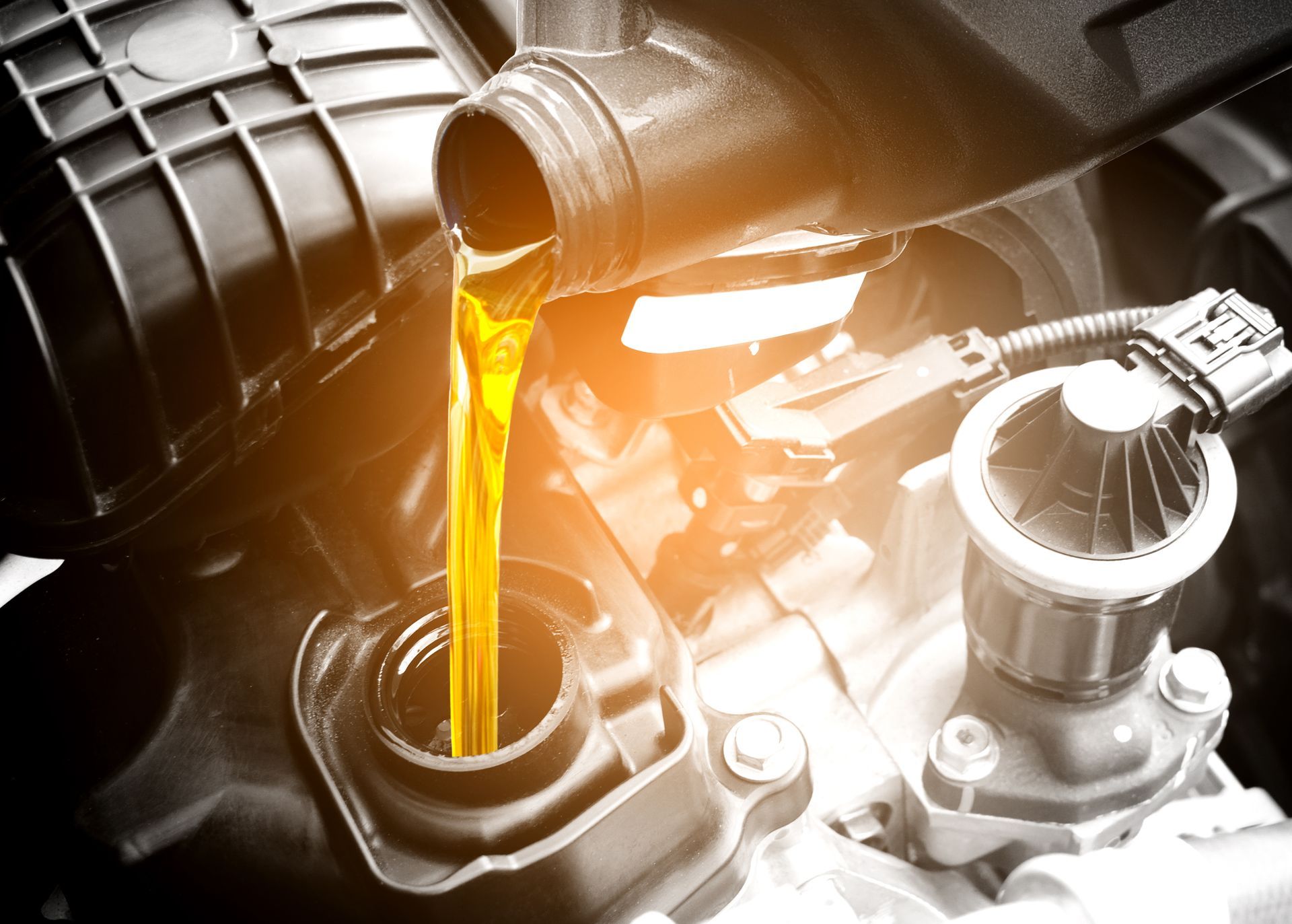Your vehicle's suspension system plays a critical role in ensuring a smooth and safe ride. It absorbs shocks from uneven roads and keeps your car's tires in constant contact with the road, improving handling and braking performance. Over time, however, your suspension system can wear out, leading to a less comfortable ride and potentially dangerous driving conditions. Recognizing the early signs of suspension wear is essential for keeping your vehicle running smoothly and avoiding costly repairs. So, how do you know when your suspension might be on its last legs? Let’s break it down.
Why the Suspension System Matters
The suspension is made up of components like shocks, struts, springs, and control arms, all working together to ensure your vehicle remains stable, especially when driving over bumps or uneven surfaces. When functioning properly, it provides a comfortable ride, prevents your car from bouncing excessively, and ensures that all four tires maintain optimal contact with the road.
Common Signs Your Suspension Needs Attention
Suspension wear can manifest in several ways, and the sooner you spot these signs, the better your chances of preventing more serious damage. Below are some key indicators that your suspension system may be in need of maintenance or repair:
1. Uneven Tire Wear
Tires tell a lot about the condition of your car, and uneven tire wear can be an early sign of suspension trouble. If you notice that your tires are wearing down more on one side than the other, it could indicate that your suspension isn’t holding the car evenly. This imbalance could be due to worn suspension parts that are failing to properly distribute weight across the tires, causing excessive wear on one or more tires.
2. Rough or Bumpy Ride
If your car feels like it’s bouncing more than usual, especially when driving over bumps, your suspension may be to blame. The shocks or struts in your suspension system absorb the bumps and keep your vehicle stable. When these components start to wear out, they become less effective, leading to a noticeably rougher ride.
3. Leaning or Pulling to One Side
Does your vehicle seem to pull to one side when you’re driving straight? While this can also be an alignment issue, a worn suspension could be the cause. A damaged suspension system may result in one side of your vehicle sitting lower than the other, causing your car to lean and pull in that direction. You might notice this issue more when making turns, as the car may feel unbalanced or unstable.
4. Dipping or Nose-Diving During Braking
Another key indicator of suspension wear is when your car dips forward when you apply the brakes. This is often referred to as "nose-diving." If you notice that your vehicle lunges forward during braking, it may mean your shocks are worn and no longer able to properly stabilize the car during quick stops. Not only does this affect your vehicle's ride quality, but it can also increase your braking distance, posing a safety risk.
5. Excessive Body Roll When Turning
If your vehicle feels like it’s leaning or swaying excessively when you make turns, this could be another sign of suspension wear. A properly functioning suspension system keeps your car level and stable when you corner, so any excessive body roll should be investigated immediately. This symptom can make your car feel unstable and unsafe, particularly at higher speeds or when turning sharply.
Can Suspension Wear Affect Other Parts of Your Car?
Absolutely. Ignoring signs of suspension wear doesn’t just impact your ride quality; it can also cause additional wear on other vehicle components. For instance, a failing suspension can lead to uneven tire wear, putting more strain on your tires and reducing their lifespan. Moreover, your alignment and steering can also suffer, resulting in decreased control over your vehicle. Addressing suspension issues early on can help you avoid expensive repairs down the line and ensure a safer driving experience.
How Often Should You Inspect Your Suspension?
While there’s no set timeline for how often you should inspect your suspension, it’s a good rule of thumb to have it checked during your regular maintenance intervals. If you frequently drive on rough roads or notice any of the signs mentioned above, it’s a good idea to have your suspension inspected sooner. Regular inspections by a professional can identify potential issues before they become major problems, saving you both time and money in the long run.
Notice any signs of suspension wear in your car?
Triple J Automotive offers comprehensive suspension checks and repairs to ensure your vehicle remains safe and smooth on the road. Call us today to book your appointment!


